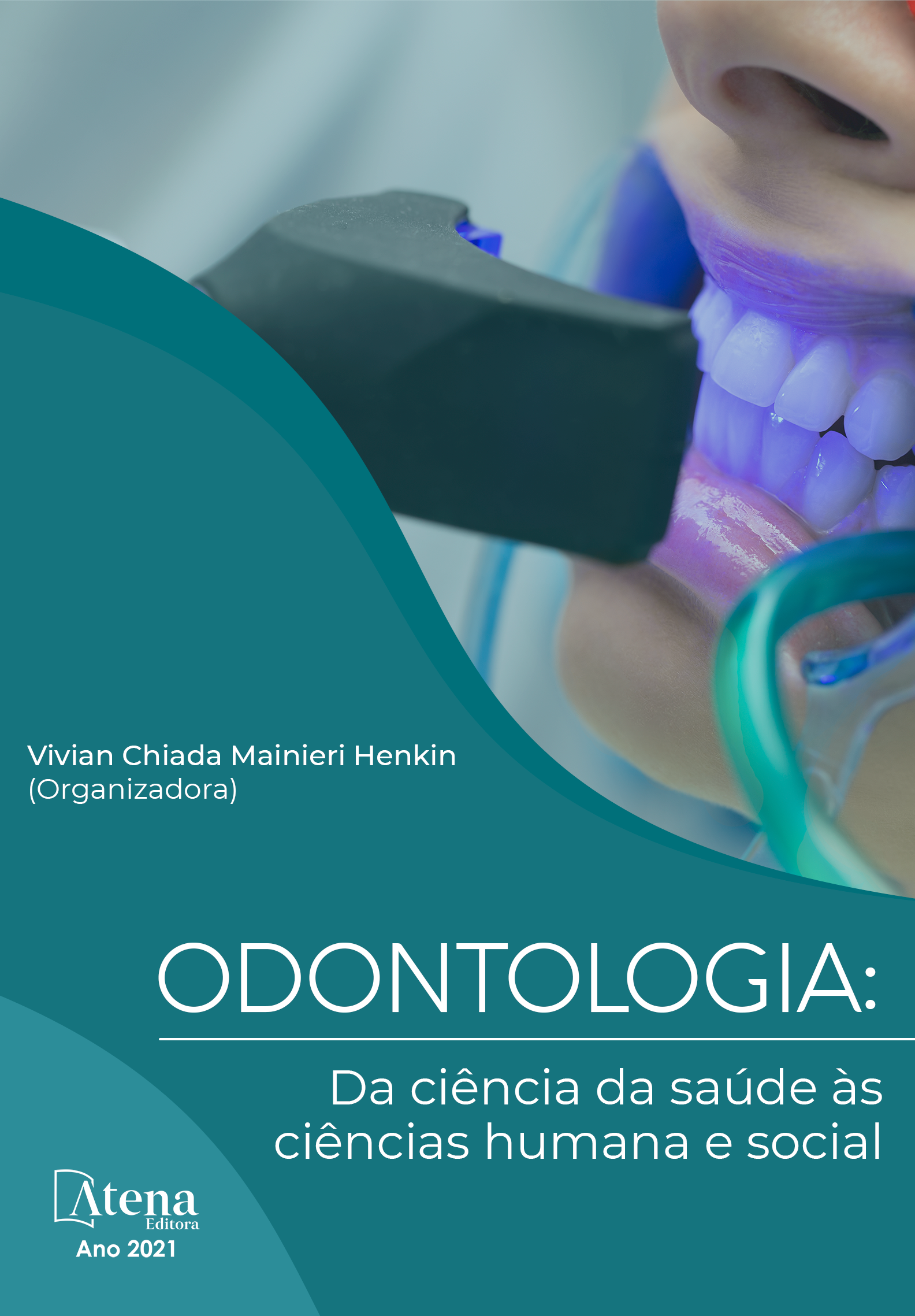
AVALIAÇÃO DA ESTABILIDADE DA CIRURGIA ORTOGNÁTICA NO TRATAMENTO DAS MALOCLUSÕES DE CLASSE II E CLASSE III
Objetivo: Estudar a estabilidade a longo prazo do esquelética, dentoalveolar e dos tecido moles após cirurgia ortognática em indivíduos que apresentam maloclusões de Classe II e Classe III. Métodos: As radiografias cefalométricas digitalizadas disponíveis, incluindo pré-tratamento (t0), pré-cirurgia (t1), com no mínimo de 12 meses após a cirurgia (t2) e pelo menos 3 anos após o tratamento ortocirúrgico (t3) foram tomadas entre 1998 e 2010. No avanço mandibular do Grupo 1 e no Grupo 2 com cirurgia de avanço mandibular e impactação maxilar foram realizadas para correção da Classe II. No Grupo 3 avanço da maxila e no Grupo 4 avanço cirúrgico da maxila com recuo mandibular, para correção da Classe III. Resultados: Em todas as fases o comprimento mandibular foi menor no Grupo 1, e o terço inferior da face foi maior no Grupo 2. Antes da cirurgia, havia maior deficiência maxilar no Grupo 3 do que no Grupo 4 e o comprimento mandibular foi maior no Grupo 4. Conclusão: Nos Grupos 1 e 2, na fase de contenção, a recidiva ocorreu devido ao aumento do plano mandibular, enquanto as cirurgias realizadas nos Grupos 3 e 4 permaneceram estáveis.
AVALIAÇÃO DA ESTABILIDADE DA CIRURGIA ORTOGNÁTICA NO TRATAMENTO DAS MALOCLUSÕES DE CLASSE II E CLASSE III
-
DOI: 10.22533/at.ed.8262123113
-
Palavras-chave: Cirurgia ortognática; Maloclusão de Classe II; Maloclusão de Classe III; Estabilidade.
-
Keywords: Orthognathic surgery; Class II malocclusion; Class III malocclusion; Stability.
-
Abstract:
Objective: To study the long-term stability of skeletal, dentoalveolar and soft tissue after orthognathic surgery in subjects presenting with Class II and Class III malocclusions. Methods: The available digitized cephalometric radiographs, including pretreatment (t0), presurgery (t1), a minimum of 12 months postsurgery (t2) and at least 3 years after the orthosurgery treatment (t3) were taken between 1998 and 2010. In Group 1 mandibular advancement and in Group 2 mandibular advancement and maxillary impaction surgery were performed for correction of Class II. In Group 3 maxillary advancement and in Group 4 surgical maxillary advancement with mandibular setback, for correction of Class III. Results: In all the phases mandibular length was shorter in Group 1, and the inferior third of the face was longer in Group 2. Before the surgery there was greater maxillary deficiency in Group 3 than Group 4 and mandibular length was longer in Group 4. Conclusion: In Groups 1 and 2, at retention phase, relapse occurred due to the increase in mandibular plane, whereas the surgeries performed in Groups 3 and 4 remained stable.
-
Número de páginas: 15
- Antonio Carlos Oliveira Ruellas
- Margareth Maria Gomes Souza
- Lincoln Issamu Nojima
- ANA DE LOURDES SÁ DE LIRA


